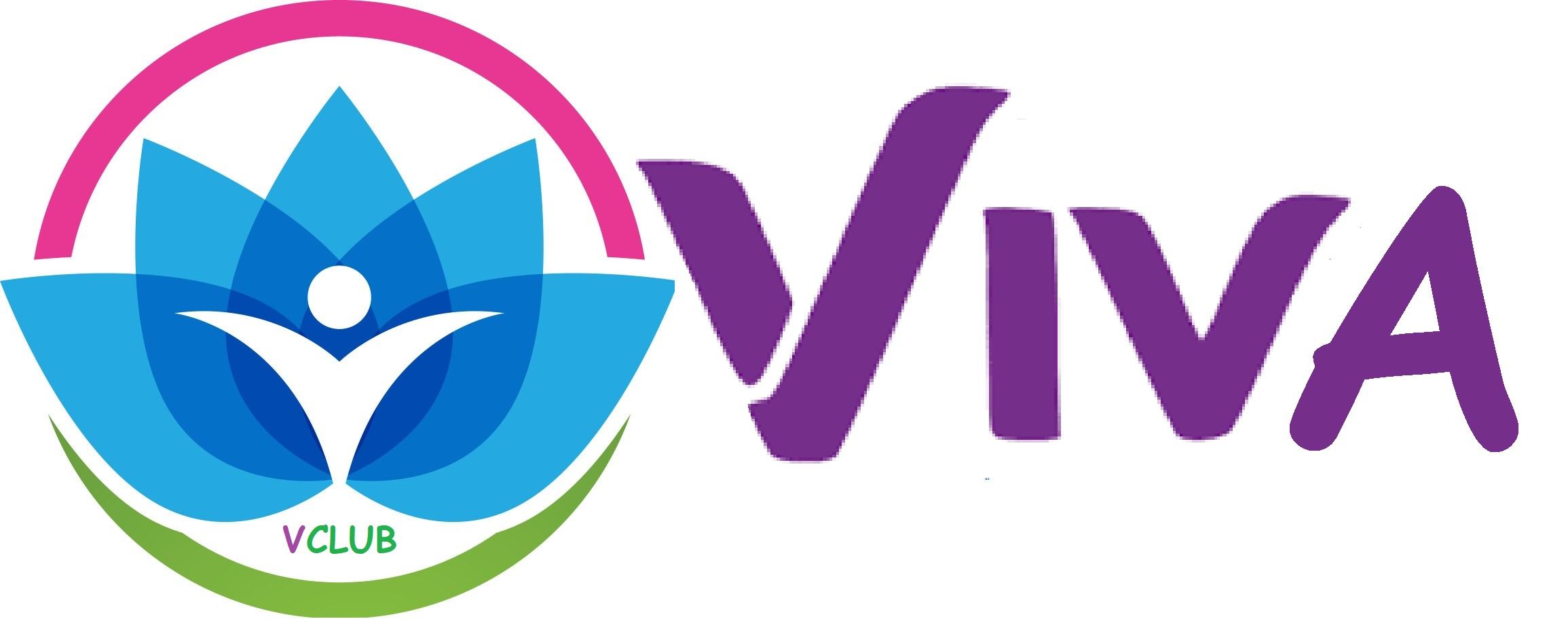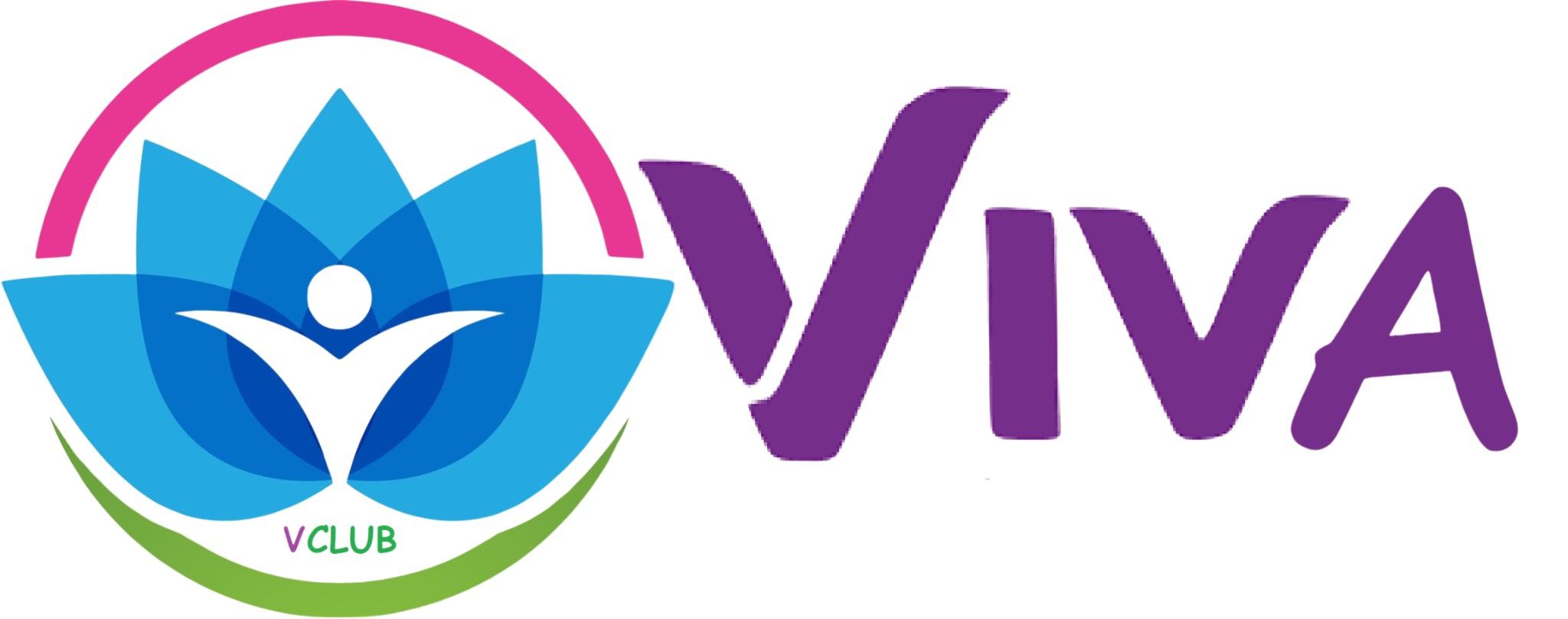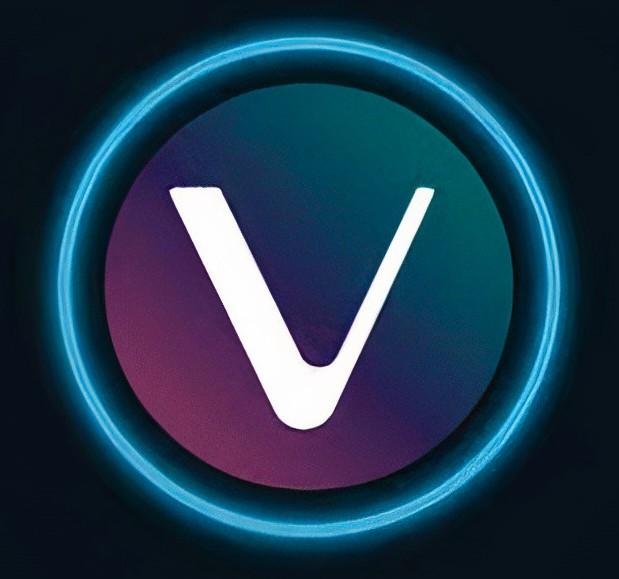Soldering Equipment Market Share Key Players and Competitive Analysis
The Soldering Equipment Market Share is characterized by several key players competing for dominance in the industry. Major manufacturers focus on product innovation, quality, and customer service to enhance their market presence. The market share distribution is influenced by factors such as brand reputation, technological advancements, and the ability to meet specific customer needs. Emerging companies are also entering the market, offering competitive pricing and specialized solutions. As the demand for soldering equipment continues to rise, the competitive landscape is expected to evolve, with established players and new entrants vying for market share.
The Soldering Equipment Market has witnessed significant growth in recent years, primarily driven by the rapid expansion of the electronics and electrical industries. Soldering, a process of joining metal components using a filler material with a lower melting point than the base metals, is a critical step in manufacturing printed circuit boards (PCBs), electronic devices, and various industrial applications. As electronic devices become increasingly compact and complex, the demand for advanced soldering equipment has surged, offering manufacturers enhanced precision, reliability, and productivity.
Market Overview
The soldering equipment market encompasses a diverse range of products, including manual soldering irons, soldering stations, hot air rework stations, and automated soldering machines. These tools are designed to cater to different manufacturing requirements, from small-scale electronics workshops to large-scale industrial production units. Innovations in soldering technology, such as temperature-controlled soldering stations and lead-free soldering solutions, have become essential due to stricter environmental regulations and growing awareness of workplace safety.
In addition, the rise of consumer electronics, such as smartphones, wearable devices, and IoT-enabled products, has increased the demand for high-precision soldering equipment. Automated and semi-automated soldering solutions are now gaining prominence, as they reduce human error, improve consistency, and accelerate production cycles. Furthermore, the integration of robotics and AI-driven inspection systems has made soldering processes more efficient and reliable.
Key Drivers of Market Growth
Several factors are driving the growth of the soldering equipment market:
-
Technological Advancements: Modern soldering equipment comes with advanced features, including precise temperature control, energy efficiency, and ergonomic designs. These advancements enhance the quality of solder joints while reducing operator fatigue and material wastage.
-
Increasing Electronics Manufacturing: With the proliferation of electronic devices across industries such as automotive, healthcare, and telecommunications, the demand for reliable soldering solutions has surged. High-volume production lines require sophisticated equipment to ensure consistent quality and faster turnaround times.
-
Environmental Regulations: The push for lead-free soldering and adherence to RoHS (Restriction of Hazardous Substances) compliance has encouraged manufacturers to adopt eco-friendly soldering solutions. This has led to innovations in solder alloys and equipment designed to handle lead-free materials effectively.
Applications Across Industries
Soldering equipment finds applications across various sectors:
-
Consumer Electronics: Assembly of smartphones, laptops, tablets, and wearable devices relies heavily on precise soldering to ensure performance and durability.
-
Automotive Industry: Electric vehicles (EVs) and advanced automotive electronics require reliable soldering for components like battery packs, sensors, and control modules.
-
Healthcare Equipment: Medical devices, including diagnostic instruments and imaging equipment, utilize soldering for the assembly of sensitive electronic components.
-
Industrial Machinery: Industrial automation systems, control panels, and robotics incorporate soldered assemblies for robust electrical connections.
Challenges in the Market
Despite the growth opportunities, the soldering equipment market faces certain challenges:
-
High Initial Investment: Automated soldering solutions and advanced equipment often require substantial capital investment, which may be a barrier for small-scale manufacturers.
-
Skilled Workforce Requirement: Manual and semi-automated soldering processes still depend on skilled operators who can maintain precision and avoid defects.
-
Equipment Maintenance: Frequent calibration, cleaning, and maintenance of soldering equipment are necessary to ensure consistent performance, adding to operational costs.
Future Outlook
The soldering equipment market is expected to continue its upward trajectory, driven by increasing demand for miniaturized and high-performance electronic products. Innovations such as AI-assisted soldering, smart inspection systems, and energy-efficient equipment will shape the future of this market. Additionally, emerging economies are likely to witness increased adoption of soldering equipment as electronics manufacturing expands globally.
Manufacturers investing in research and development to offer smarter, faster, and environmentally friendly solutions are well-positioned to capture market share. The integration of Industry 4.0 technologies, including predictive maintenance and real-time monitoring, will further enhance the efficiency and reliability of soldering operations.
FAQs
Q1: What are the different types of soldering equipment available in the market?
A1: The market offers manual soldering irons, temperature-controlled soldering stations, hot air rework stations, and automated soldering machines. Each type serves specific industrial or workshop needs.
Q2: How is the soldering equipment market affected by environmental regulations?
A2: Stricter regulations, like RoHS compliance and the push for lead-free soldering, have led to the development of eco-friendly soldering solutions, including lead-free solder alloys and advanced temperature-controlled equipment.
Q3: What industries are the largest consumers of soldering equipment?
A3: Consumer electronics, automotive, healthcare devices, and industrial machinery are key industries driving demand for precise and reliable soldering solutions.
- Art
- Causes
- Crafts
- Dance
- Drinks
- Film
- Fitness
- Food
- Jocuri
- Gardening
- Health
- Home
- Literature
- Music
- Networking
- Alte
- Party
- Religion
- Shopping
- Sports
- Theater
- Wellness



